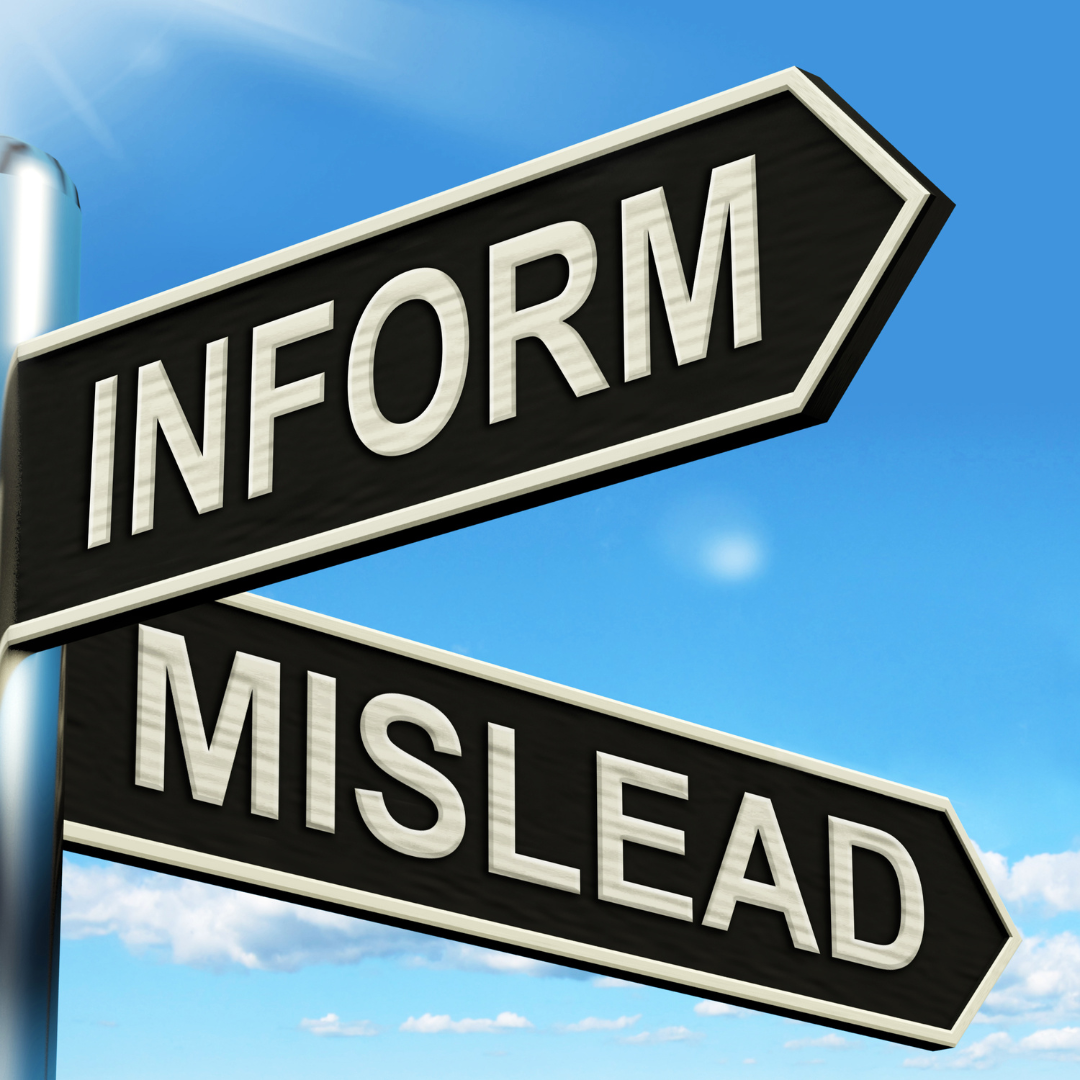Identifying the Purpose of the Media Text

Objective:
To identify the purpose of the text - inform, persuade, or entertain.*
To analyse the text form or structure that is used to create this type of text.**
Key Questions:
What type of message did the author try to create?
Is the author trying to inform, to persuade, or to entertain you?
What structure or text form does the author use to create this message?
What other strategies does the author use to make his/her message effective?
Was the text effective?
How might this message be viewed by different groups of people?
How might the author change the message to make it more inclusive?

Media sample(s): A variety of media samples could be used with this lesson including an pop-up ad, a youtube video, a TikTok video, an Instagram post, and so on. Pick media samples that are relevant to the students in your classroom.
Vocabulary: inform, persuade, entertain, pop-up ad, inclusive, discriminatory, with and without bias.
Discussion: In small groups or as a large group, analyze a media sample using the questions above.
1) Ask students to watch the media sample first, discussing their first impressions.
2) View a second time. This helps students to see and gain new insights into their viewing.
3) When viewing for a third time, have the students think about how different groups of people would perceive this media sample - is it inclusive or discriminatory?
Composition: And now for the fun part!
1) Invite students to create their own media sample (teacher to decide what would be appropriate in the context of their classroom).
2) Set parameters - for example, it can only be 3 minutes long; it must be created using a specific platform like Canva; it must be created in two class periods; it must be approved by the teacher, and so on.

Follow-up:
Each media sample created by the students will be viewed and discussed based on the questions above. Use the 2 stars and a suggestion for feedback.
Reflection: Students are encouraged to reflect on their learning. Exit ticket template can be used or the teacher can create their own.
The outcomes for this lesson are linked to the following in the New ELAL curriculum (Grade 5 and 6) but are applicable for Division II students:
*Knowledge: Texts can have more than one purpose, including to inform, entertain, persuade, and inspire.
Skills and Procedures: Examine the purpose of a variety of digital or non-digital texts.
Analyze the purpose of a variety of digital or non-digital texts.
**Skills and Procedures: The content and source of information should be analyzed for factual accuracy.
Investigate ways that non-fiction texts can be organized to enhance the presentation of factual information.
Provide personal opinions regarding the structure, content, or source of information expressed in non-fiction texts.
Confirm the accuracy of information presented in non-fiction texts.
Share how considering differences in perspectives can develop empathy.
Consider whether an author or a text creator presents information with or without bias.